Could Earth Have a Second Moon?
The discovery of celestial bodies near Earth often sparks excitement, curiosity, and sometimes even confusion about the possibility of a second moon. One such recent discovery, 2024 PT5, has reignited[…]
by astroport
July 12, 2024
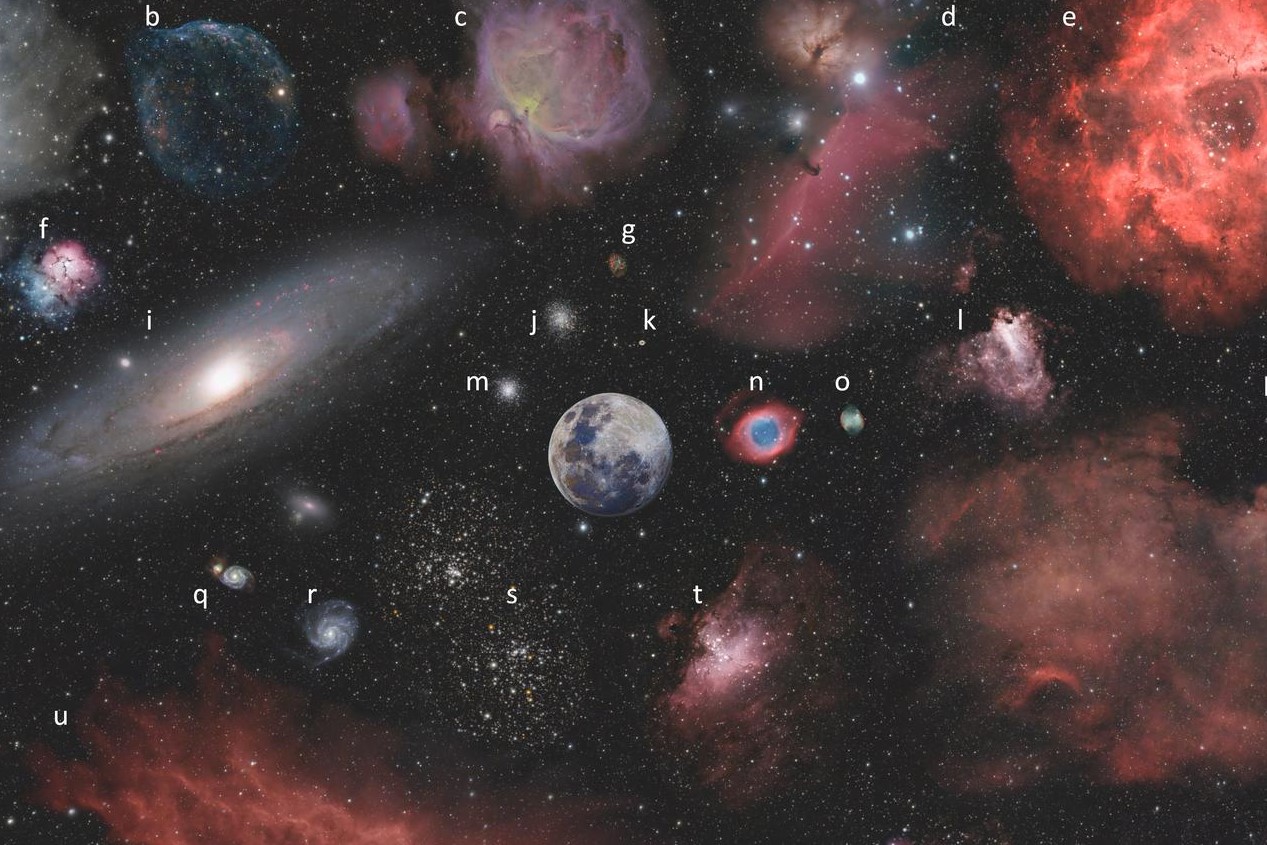
The word ‘stargazing’ whenever we hear it we think about something observing like stars and planets, but the stargazing is something far different from that. It is the activity in which we got lost in exploring the vastness of the universe. You start to feel that our place is very tiny and unnoticeable in this vast and ever-expanding universe. You will come to know the various amazing facts about the celestial bodies and how they connect to our daily life, but we never paid attention to it.

Today, we will be providing a comprehensive guide for both beginners and enthusiasts. The best locations for stargazing, tips for capturing stunning astrophotography, and some of our best recommendations for immersive space experiences, are part of today’s guide to stargazing and space experience activities.
You will also feel the peace in the lap of nature which you will never experience in the cities because of some reasons listed below-
The first and the major reason is light pollution. You will think how light pollution effects the stargazing. Light pollution refers to the excessive, misdirected, or artificial light that brightens the night sky and disrupts natural lights of the celestial objects coming from the distance.

Therefore, you must travel out of the cities and find a dark place where sky should be clear and dark it results in better sky with full of stars like if you visit near Sariska Tiger Reserve, Rajasthan you will get minimum light pollution. After reaching such a place, lie down on the ground and close your eyes for few minutes which improve your dark adaptation, a must phenomenon for good stargazing experience. After that do not use any smartphones and avoid seeing light emitting objects because whenever you go to a dark place it takes about 20 – 30 minutes for our eyes to adapt to the dark environment.
Talking about the human eye, Rods and cones are two types of photoreceptor cells found in the retina, which are crucial for vision. Rods are highly sensitive to light and are primarily responsible for vision in low-light conditions (scotopic vision) and Cones are responsible for color vision and detail in bright light conditions (photopic vision).
There are many different types of space experience activities like identifying the constellation, astrophotography, observation through telescope, safe solar observation, Binocular observation and much more.
What is a constellation? It is a group of stars that form an imaginary shape and has been given a name. Ancient humans did it to break the night sky into smaller parts so that we could understand it better.
For identifying the constellations, you can use a tool called Planisphere. It is a star map, a part of the celestial sphere. It is in the form of two adjustable disks which rotate on a common pivot. Planispheres are designed for a particular geographic latitude. They can be adjusted to display the visible stars for specific time and date for that particular location. You can also use smartphone application to track the stars, constellations and planets by pointing your phone to the object. The app that is used for this is called Stellarium, it can be accessed with a smartphone and on internet browser also. It is very simple to use.
With the help of these two methods, you can plan your observation by checking out the rise time and set time of any constellations and planets.
Telescope pointing refers to the process of accurately aiming a telescope at a specific celestial object in the sky for observation. It involves aligning the telescope’s optical axis to precisely target and track objects such as stars, planets, nebulae, galaxies, and other astronomical phenomena.
Manual Pointing: Beginners and enthusiasts often manually point the telescope using the finder scope and aligning the telescope’s optics with the target object.
Star Hopping: A technique where observers use recognizable stars as reference points to navigate from one celestial object to another.
Go-To Telescopes: Advanced telescopes with computerized systems can use databases of celestial objects and precise motorized mounts to automatically point the telescope at selected targets.
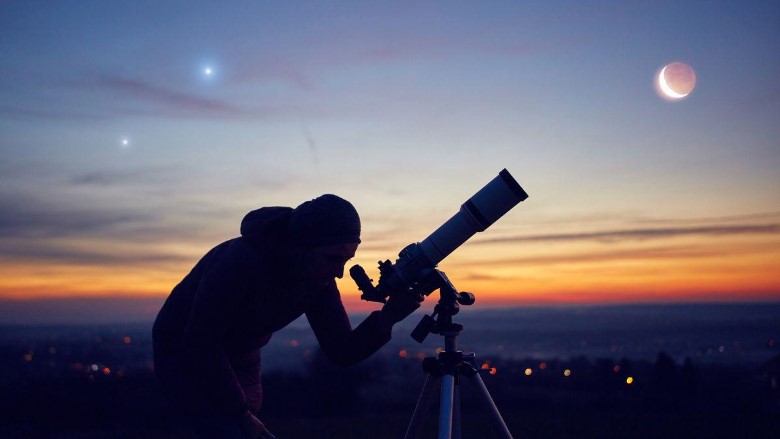
Binoculars provide a wider field of view compared to telescopes, making it easier to locate and observe large celestial objects like star clusters and the Moon. Binocular observation is commonly used in various activities such as birdwatching, stargazing, hunting and military reconnaissance. The use of binoculars provides several advantages over monocular vision, including depth perception.
While stargazing, astrophotography is the cherry on the cake. Astrophotography opens a window to the awe-inspiring beauty of the cosmos, allowing us to capture the celestial objects and phenomena that are millions of light-years away. Whether you’re a seasoned astrophotographer or just starting out, mastering this art requires both technical know-how and a passion for exploring the universe. You can also take the picture of yourself with sky full of stars.
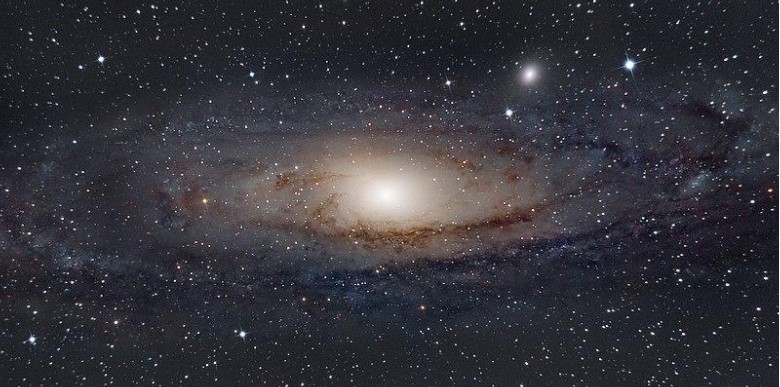
Hydro rocketry, also known as water rocketry, is a fun and educational activity that involves building and launching rockets powered by water and compressed air. It offers an exciting hands-on experience for learning and enjoyment, making it popular in schools, scouting programs, and science clubs. It combines science, engineering, and creativity into a thrilling activity where participants learn the basics of rocketry in a safe and controlled environment.
If you want to enjoy all these activities in a safe and controlled environment, then Astroport is where you should be heading towards. Here, you will find the expert astronomers who will guide you, teach you and then let you explore on your own. Astroports are located across India, and it can a perfect destination for your next adventure tour.
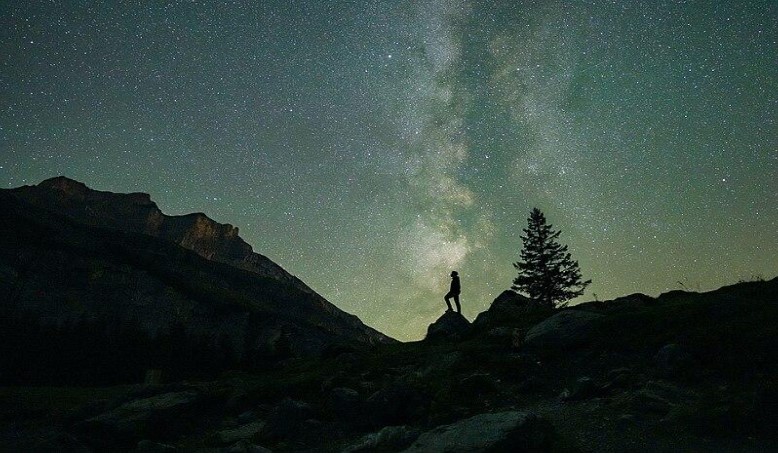
Astroport is the pioneer that is very well known for the stargazing and dark sky experience with over 10,000+ reviews and you can plan your trip according to your convenience.
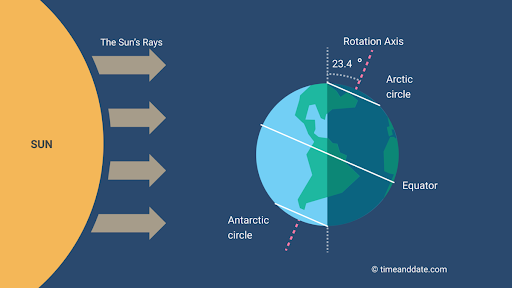
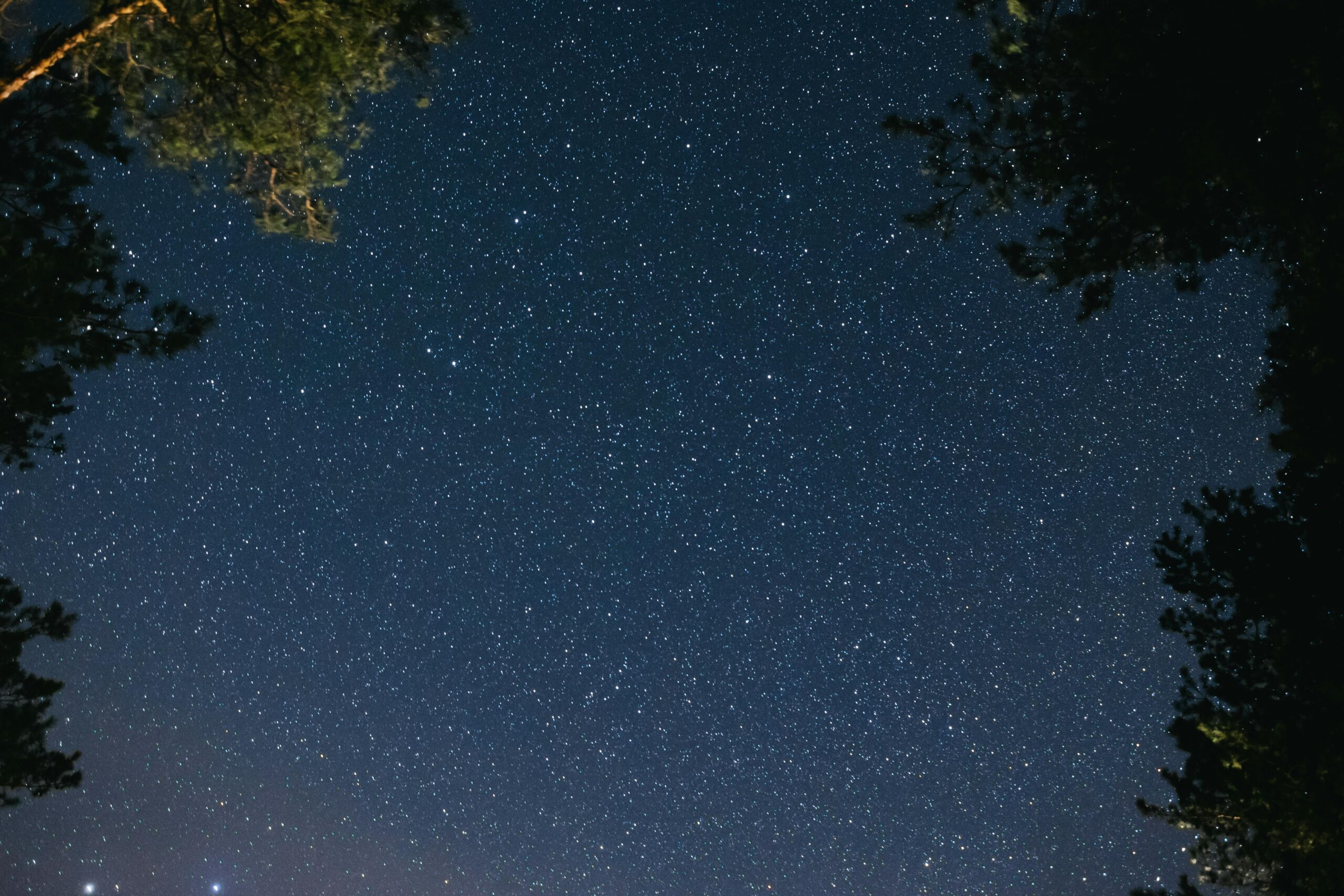
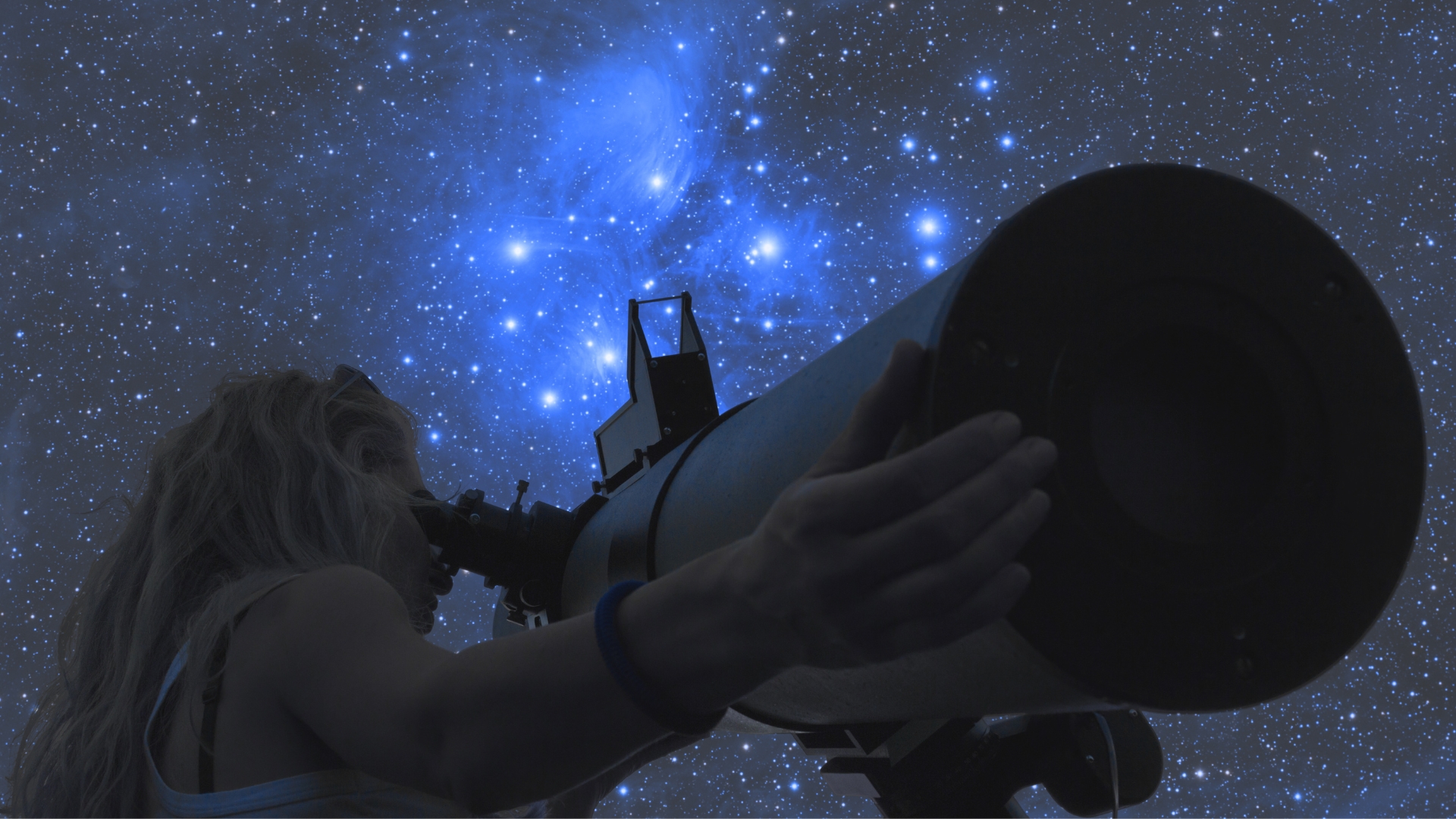


The discovery of celestial bodies near Earth often sparks excitement, curiosity, and sometimes even confusion about the possibility of a second moon. One such recent discovery, 2024 PT5, has reignited[…]
Astroport is a disruptive tourism destination that combines mystique elements of the Universe with travel, by establishing Stargazing Experience Sites at selected hotels and resorts all over India. At Astroport,[…]
How Stargazing experience becomes unforgettable? Several factors contribute to making an experience unforgettable. Emotional impact plays a significant role, as strong feelings, whether awe from witnessing the cosmos or the[…]
Welcome fellow astronomers! Humans have always been fascinated by space, and today, that curiosity is stronger than ever. From ancient times to now, we have been trying to understand the[…]
Get exclusive access to freebies and news. We don’t spam, rent or sell your email. See our Privacy Policy.